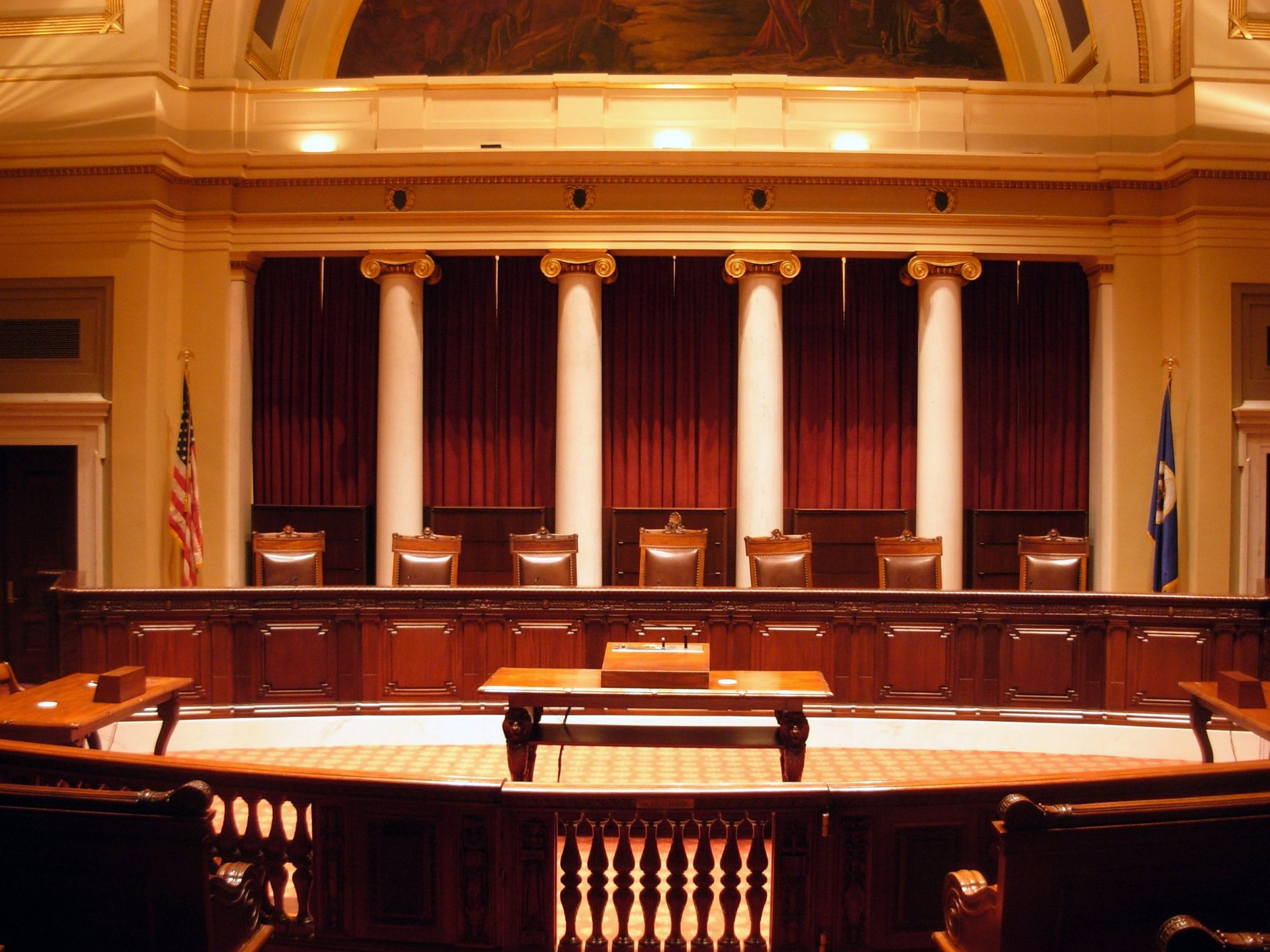ST. PAUL, Minn. (CN) — Minnesota’s Supreme Court pondered a question of legal definitions Monday morning: What, really, is an “action?”
The question was one of several procedural disputes in a proceeding – maybe, or maybe not, an action – meant to resolve the otherwise routine Minnesota problem of hail damage.
A homeowners’ association in the Minneapolis suburb of Brooklyn Park served its insurance company with a summons and complaint in 2019, on the last possible day to commence a suit seeking coverage for damage done by a 2017 hail storm. The insurance company, Hiscox Insurance, responded with an answer shortly afterward, but the association did not file its complaint with the court.
The complaint was attached to a different motion later in the proceedings, but a Hennepin County judge dismissed the association’s suit in 2021, finding that the filing was too little, too late. The Minnesota Court of Appeals reversed that dismissal in April, finding that the filing of the insurer’s answer met a requirement that a case be filed within a year of the underlying incident.
That requirement is part of Minnesota Rule of Civil Procedure 5.04, promulgated by the Minnesota Supreme Court some 10 years ago, according to the association’s attorney, Ross Hussey of the Minneapolis firm Smith Jadin Johnson.
At Monday's hearing, Hussey and his opponent Christopher Goodman each paid note to the fact that some of the sitting justices had been on the court that made the rule.
Goodman, of the St. Paul office of national firm Thompson Coe, pointed repeatedly to one of the few cases which have touched on the issue since that time, 2019’s Ellis v. Doe. In that ruling, the justices opted out of creating a written-notice requirement for tenants seeking to use a habitability defense in an eviction action, and in the process opted for a broad definition of the word “proceeding” that did not require all proceedings to qualify as an “action.” Without a claim for affirmative relief, Goodman argued, a proceeding could not be considered an “action.”
“A motion asking for the appointment of an umpire is not a claim for affirmative relief,” Goodman said of the case. Since it didn’t seek to reach the merits of the association’s claim, he said, it didn’t meet the same threshold as a complaint does for the purposes of creating an “action.”
Hussey, meanwhile, said that the complaint’s late addition was an oversight enabled by the fact that the insurer and its client were negotiating outside of court. “The district court failed to look at… some of the facts outside,” he said, “that the parties had been engaged in this process outside of court for some time.”
Without betraying a leaning one way or another, several justices agreed that filing a complaint as early as possible would make the whole issue simpler. “Then we don’t have to get into any of these questions,” Justice Paul Thissen quipped.
Judge Barry Anderson, meanwhile, mused that the issue might be fixed by rewriting the rule to state that an action is commenced by service of a summons. “This is dangerous, because I’m thinking out loud,” he joked before posing the possibility to Hussey.
Speaking after the arguments, Hussey said he thought they’d gone well and was pleased with the justices’ lines of questioning. His position, he said, was spelled out in the rule's plain language.
“I’d think that, given the language of the rule,” he said, “that that is where the issue would stop and start.”
Hussey also stressed the importance of working out such issues.
“This has not been discussed much within Minnesota courts,” he said. “We’ve had this rule on the books now for, I think a decade almost, and it hasn’t really been fleshed out.” Ensuring that litigants know what, exactly, starts an action, he said, was a critical housekeeping measure for the high court.
Goodman did not respond to a request for comment Monday afternoon.
Subscribe to Closing Arguments
Sign up for new weekly newsletter Closing Arguments to get the latest about ongoing trials, major litigation and hot cases and rulings in courthouses around the U.S. and the world.








